ASTM D5045 Test Fikstürü
ASTM D5045 / These test methods are designed to characterize the toughness of plastics in terms of the critical-stress-intensity factor, KIc, and the energy
Bilgi Almak İçin Lütfen Bizimle İletişime Geçiniz
- Açıklama
- Değerlendirmeler (0)
- TEKNİK ÖZELLİKLER
Açıklama
Açıklama
ASTM D5045 – Standard Test Methods for Plane-Strain Fracture Toughness and Strain Energy Release Rate of Plastic Materials
ASTM D5045 / These test methods are designed to characterize the toughness of plastics in terms of the critical-stress-intensity factor, KIc, and the energy
per unit area of crack surface or critical strain energy release rate, GIc, at fracture initiation.
Two testing geometries are covered by these test methods, single-edge-notch bending (SENB) and compact tension (CT).
The scheme used assumes linear elastic behavior of the cracked specimen, so certain restrictions on linearity of the load-displacement diagram are imposed.
A state-of-plane strain at the crack tip is required.
Specimen thickness must be sufficient to ensure this stress state.
The crack must be sufficiently sharp to ensure that a minimum value of toughness is obtained.
The significance of these test methods and many conditions of testing are identical to those of Test Method ASTM E399, and, therefore, in most cases, appear here
with many similarities to the metals standard.
However, certain conditions and specifications not covered in Test Method ASTM E399, but important for plastics, are included.
This protocol covers the determination of GIc as well, which is of particular importance for plastics.
These test methods give general information concerning the requirements for KIc and GIc testing.
As with Test Method ASTM E399, two annexes are provided which give the specific requirements for testing of the SENB and CT geometries.
Test data obtained by these test methods are relevant and appropriate for use in engineering design.
ASTM D5045 /Apparatus
ASTM D5045 / Testing Machine—A constant displacement-rate device shall be used such as an electromechanical, screw-driven machine, or a closed loop, feedback-controlled
servohydraulic load frame.
For SENB, a rig with either stationary or moving rollers of sufficiently large diameter to avoid excessive plastic indentation is required.
A suitable arrangement for loading the SENB specimen is shown in Fig. 1.
A loading clevis suitable for loading compact tension specimens is shown in Fig. 2.
Loading is by means of pins in the specimen holes (Fig. 3(b)).
ASTM D5045 / Summary of Test Methods
These test methods involve loading a notched specimen that has been pre-cracked, in either tension or three-point bending.
The load corresponding to a 2.5 % apparent increment of crack extension is established by a specified deviation from the linear portion of the record.
The KIc value is calculated from this load by equations that have been established on the basis of elastic stress analysis on specimens of the type described in the
test methods.
The validity of the determination of the KIc value by these test methods depends upon the establishment of a sharp-crack condition at the tip of the crack,
in a specimen of adequate size to give linear elastic behavior.
A method for the determination of GIc is provided.
The method requires determination of the energy derived from integration of the load versus load-point displacement diagram, while making a correction for
indentation at the loading points as well as specimen compression and system compliance.
*** Before conducting ASTM D5045 , it is important to read the entire specification. Standards can be obtained from appropriate standard authorities.
***PARSROS offers several types of grips and fixtures which will enable you to perform a variety of tests
that are accurate and repeatable.
Değerlendirmeler (0)
“ASTM D5045 Test Fikstürü” için yorum yapan ilk kişi siz olun
Değerlendirme yazabilmek için oturum açmalısınız.


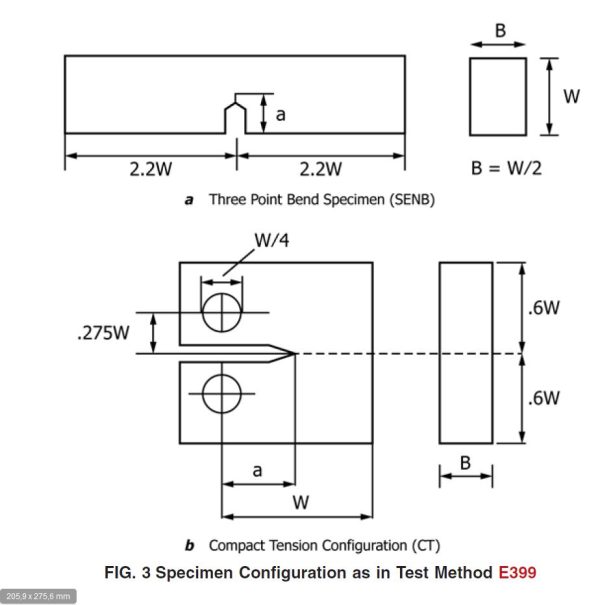
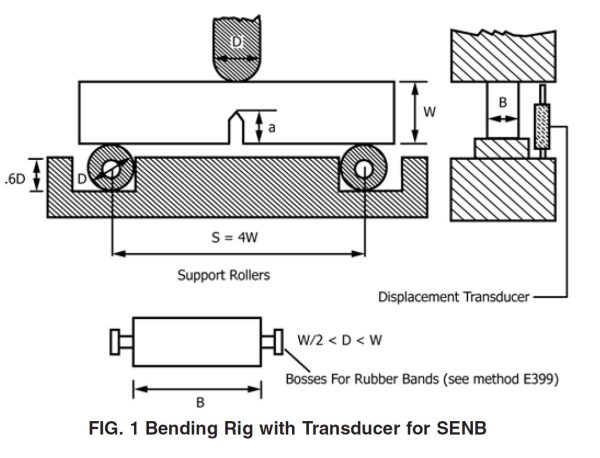
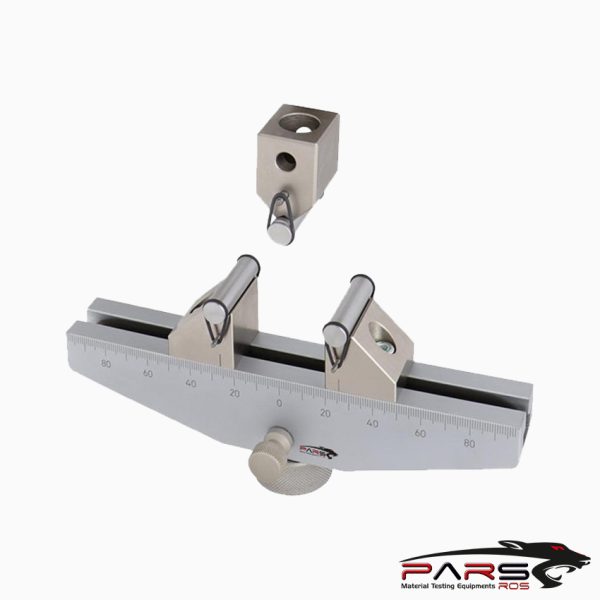
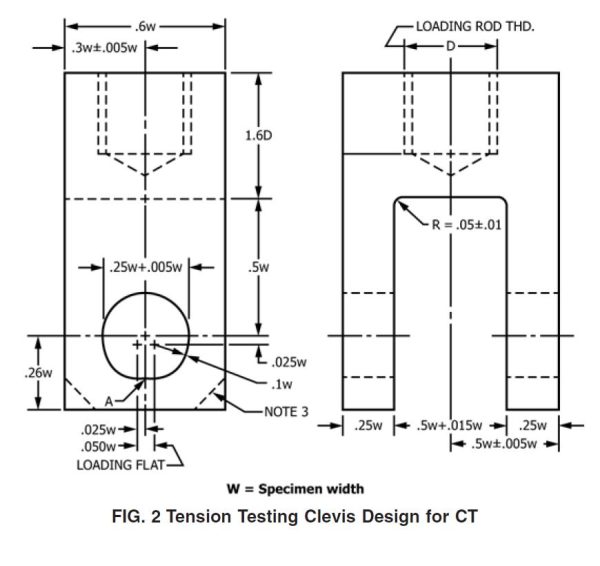
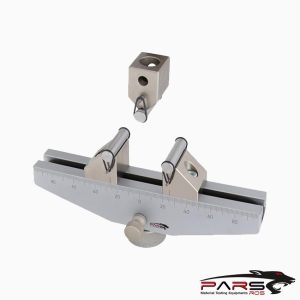
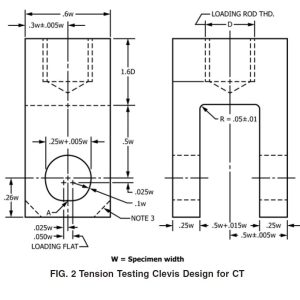
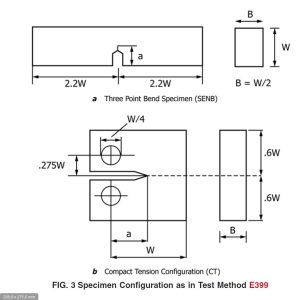
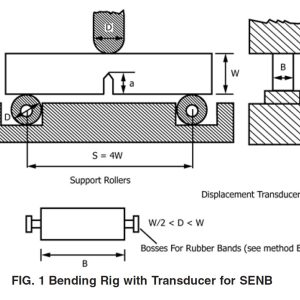
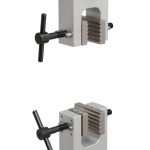
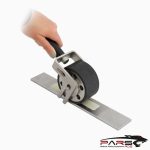
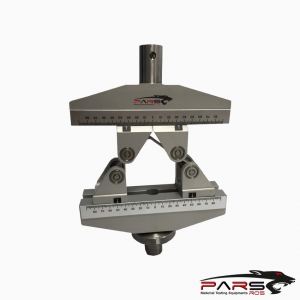
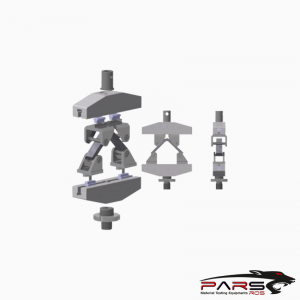
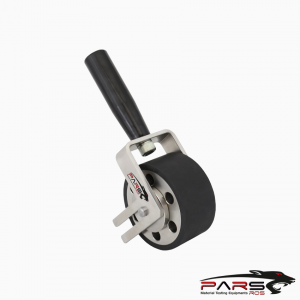
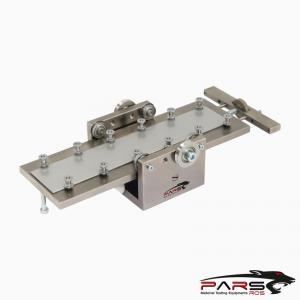
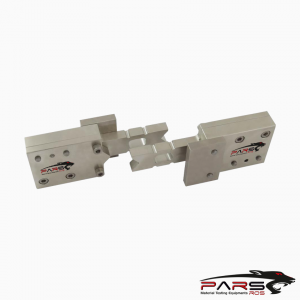
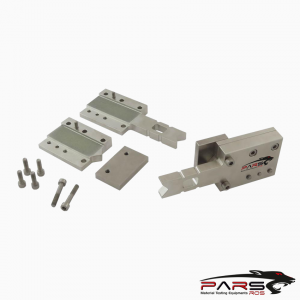
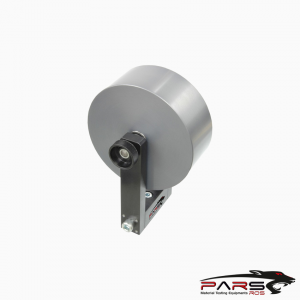
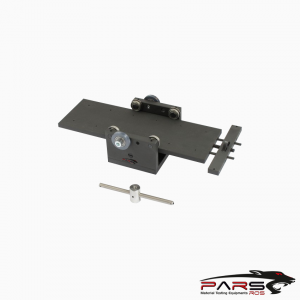
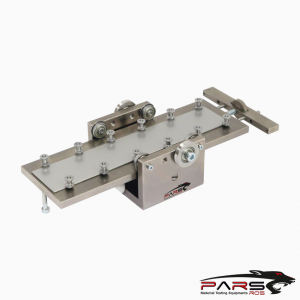
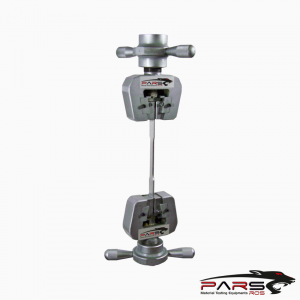
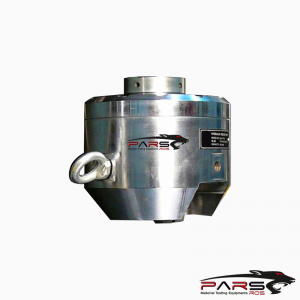
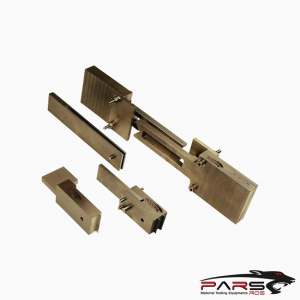
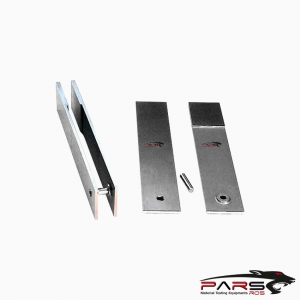
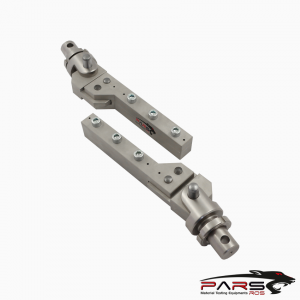
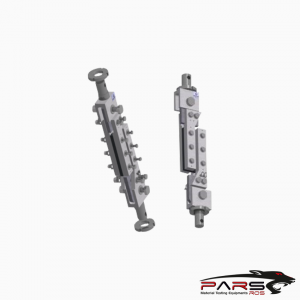
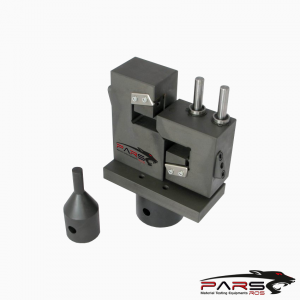
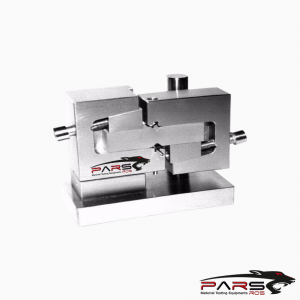
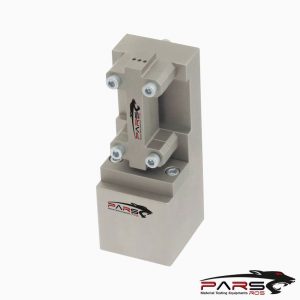
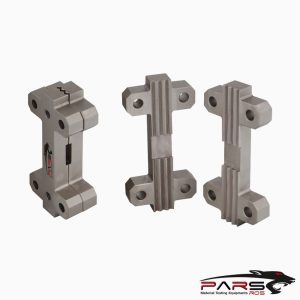
Değerlendirmeler
Henüz değerlendirme yapılmadı.